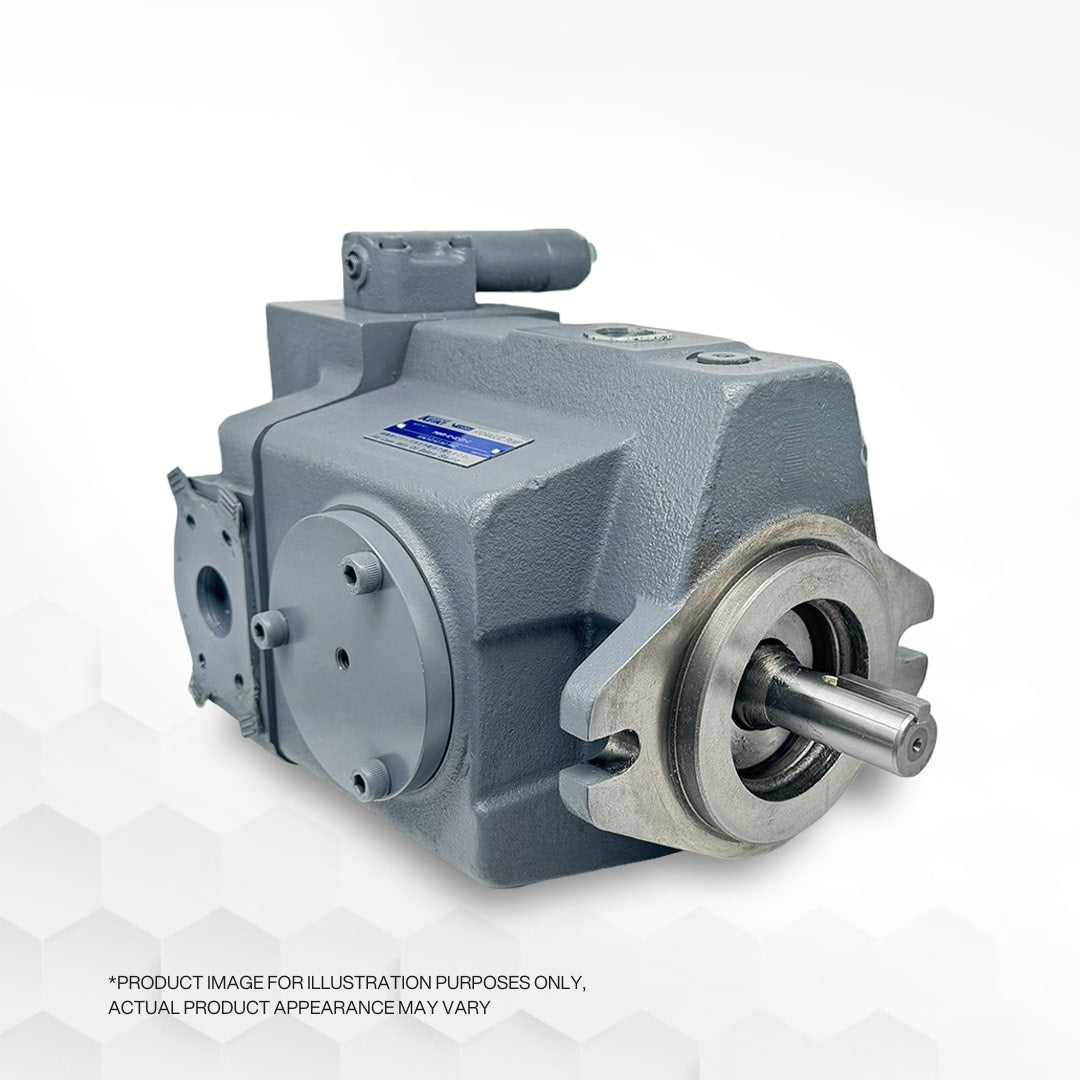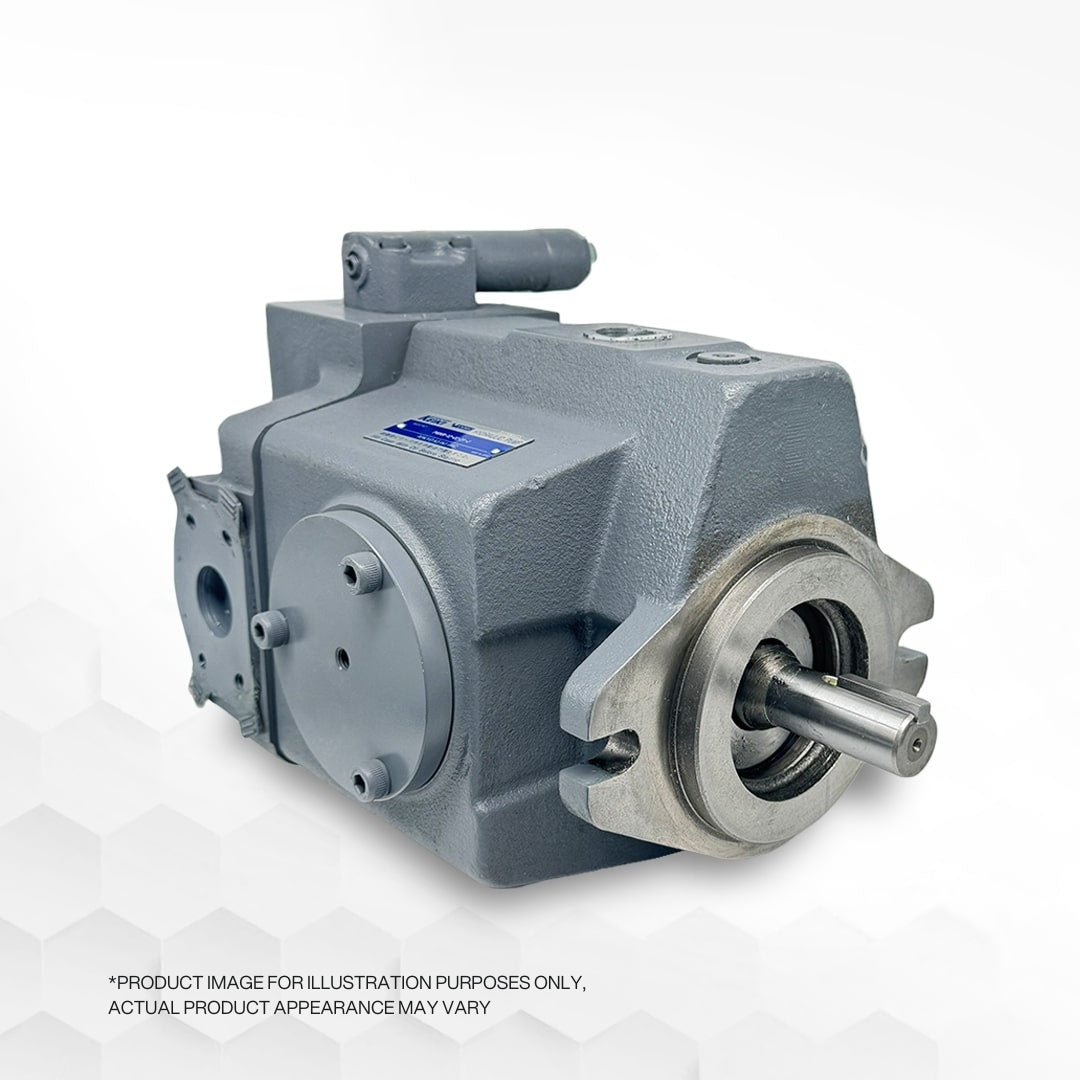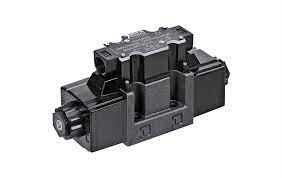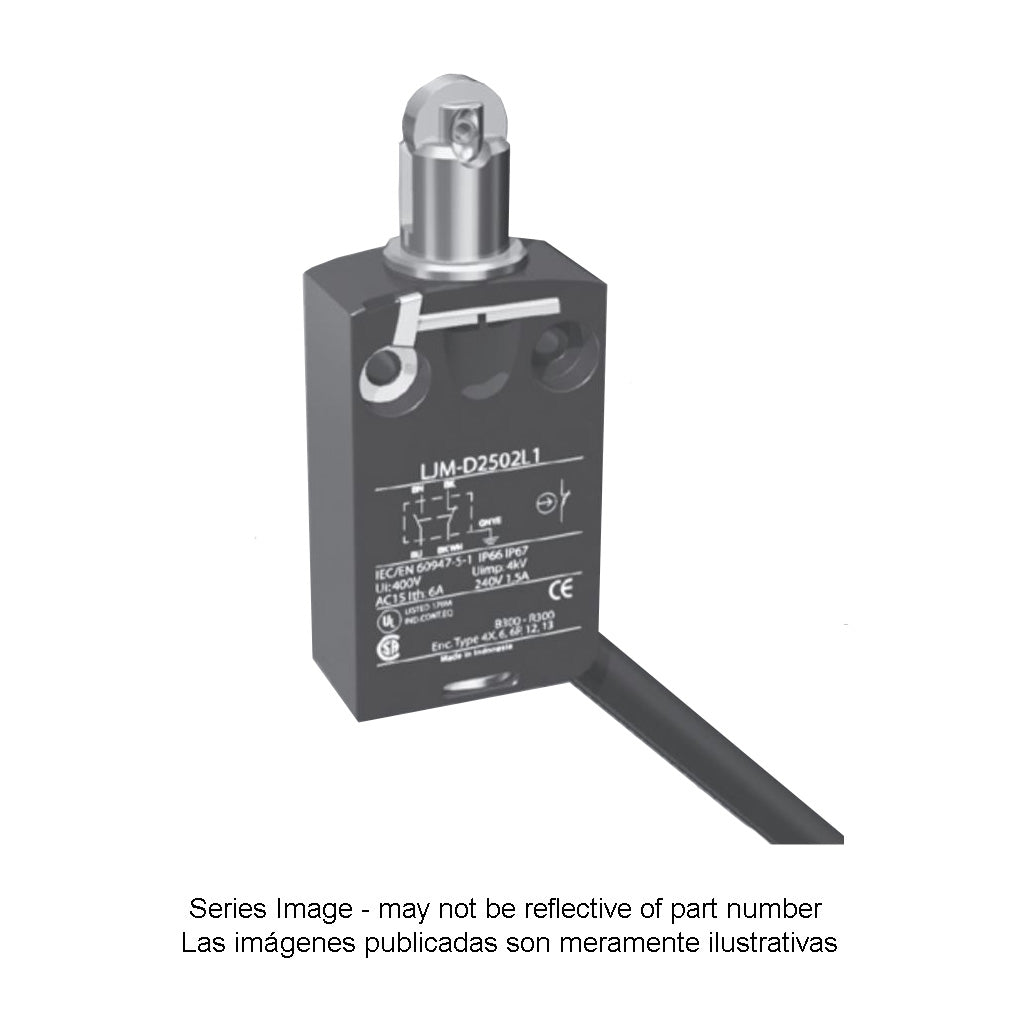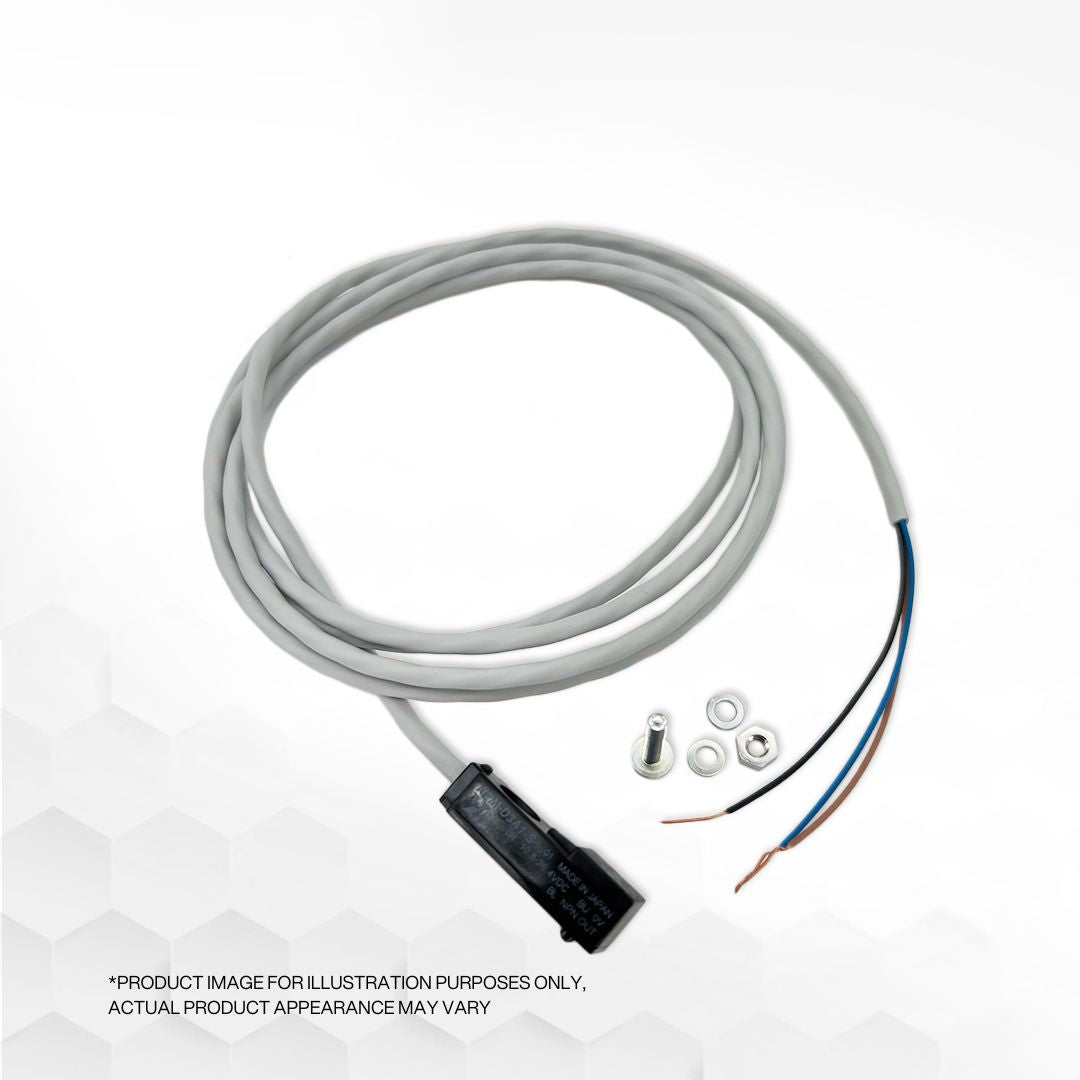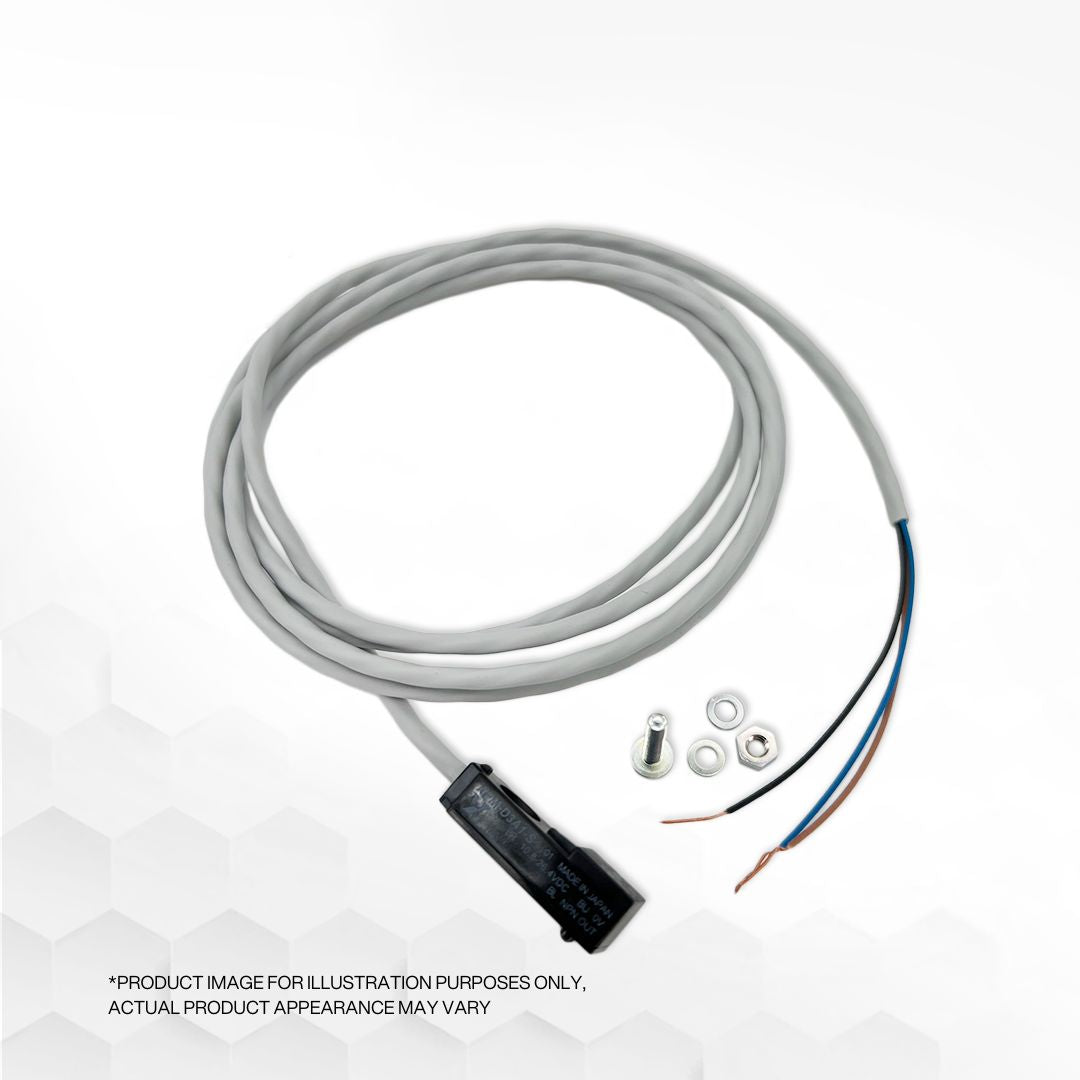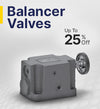
Ways to Cool a Hot Hydraulic System
In certain situations, an unexpected overheating of the hydraulic system may occur, despite the assumption that the cooling circuit is functioning correctly. When faced with such a scenario, it is advisable to consider two possible solutions: a) reducing the system's heat load, and b) enhancing the system's heat dissipation capabilities. The following table illustrates sample scenarios for both solutions:
| Reduce System Heat Load | Increase System Heat Dissipation |
|---|---|
| - Reduce the power draw on the system | - Install an electric fan to circulate air around the reservoir |
| - Address any components with abnormal internal leakage | - Install a larger heat exchanger |
| - Evaluate the possibility of using a tin of spray paint on the external part of the hydraulic system. This can reduce reflectance and increase the emissivity of the object, leading to improved heat rejection. | - Consider using spray paint to enhance heat rejection by reducing reflectance on the external surfaces of the hydraulic system. |
Regarding the spray paint approach, there was a case study published in H&P magazine that recounted an industrial hydraulic installation originally designed to operate at 1200 PSI and a maximum temperature of 120°F (49°C). Over time, without any cooling capacity upgrades, the system started overheating during summers. Despite management's reluctance to invest in cooling system upgrades due to this being the first instance of overheating, a maintenance staff member proposed painting the extensive network of tubing in the hydraulic system, applying thermal radiation theory.
The tubing was painted white, consistent with the rest of the hydraulic system. The outcome was remarkable. After a week and using 12 cans of spray paint, the system's temperature reduced by 10°F (5.5°C). As a result, the hydraulic system could now operate smoothly during the hottest months without overheating, thus postponing the need for increased cooling capacity.
The logic behind this approach is straightforward: by applying paint to bare metal surfaces, the reflectance is reduced, and the emissivity of the object is increased, resulting in more efficient heat rejection. This cost-effective solution can significantly improve the system's cooling performance.
